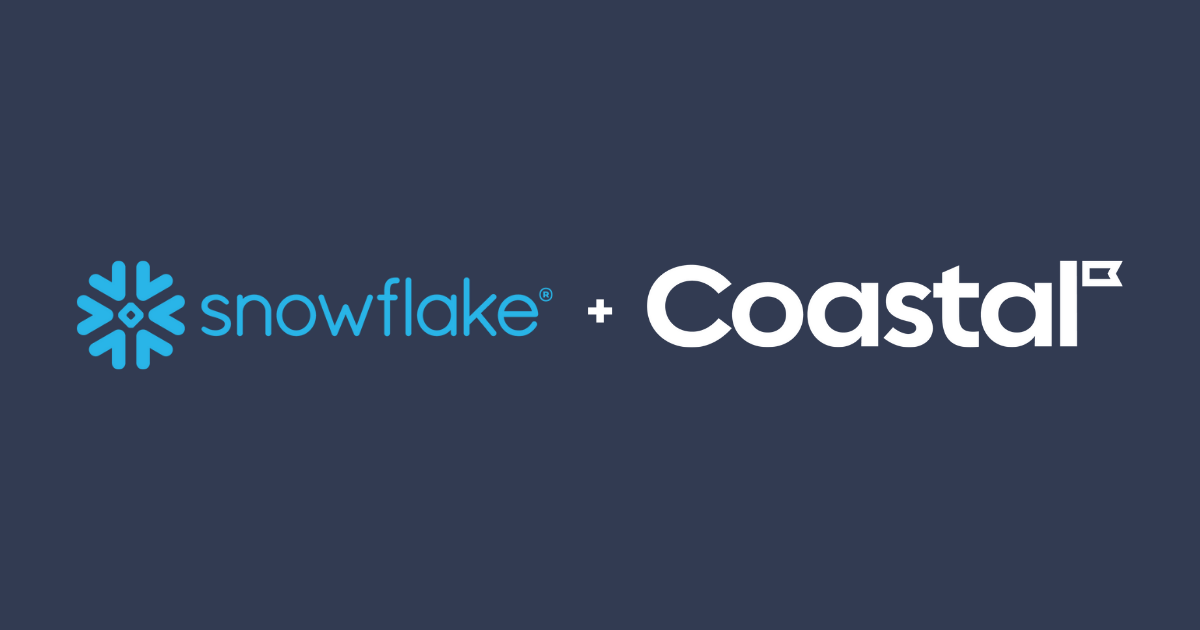If you’re like most, your business has tons of customer data—purchase history, website behavior, support interactions, demographic information and more. But it’s scattered across different systems, making it difficult to actually use.
Salesforce Data Cloud is the solution to this data chaos. It unifies sources without duplicating data, resolves inconsistencies, and delivers a 360° profile in Salesforce that is ready to use for experiences.

What makes Data Cloud special?
Zero Copy Approach
Gone are the old days of exporting data from different systems, manually cleansing, and combining for analysis and use. Salesforce Data Cloud uses a zero-copy framework, which means it connects directly to your existing data sources wherever they are. This could be your CRM system, marketing automation platform, external data lake, or even public demographic data, social media insights, or emails and spreadsheets.
This zero-copy approach leaves your data where it is and eliminates the need for complex migration projects, which can be expensive and time-consuming. Coastal is proud to be Salesforce Data Cloud Zero Copy Preferred Partner.
Clicks not Code
Data Cloud is everything we love about the Salesforce platform – simple to use by business users (clicks, not code!), has a familiar interface, and works seamlessly with all of your enterprise platforms.
AI-Driven Insights
Data Cloud analyzes your unified customer data using advanced analytics and built-in AI. This reveals patterns and trends in customer behavior that would be difficult to uncover manually.
These insights allow you to predict what customers might want next, tailor marketing offers, and make proactive decisions based on real data. AI models take this even further and reveal hidden opportunities, such as identifying customers at risk of attritting or suggesting the ideal next step in their journey.
Cross-Team Access
Data Cloud’s deep integration with other Salesforce Clouds ensures these insights seamlessly flow into your sales, marketing, and service operations. This eliminates data silos and empowers every team with a shared, data-backed view of the customer.
How does this work with Snowflake?
Salesforce understood early on that organizations were investing heavily in data lake solutions such as Snowflake and Databricks, and those investments shouldn’t have to be duplicated to leverage the benefits of Data Cloud. That’s where the Zero Copy functionality really shines. If your company is already using these platforms, you can simply map what you need into Data Cloud and instantaneously have it available for CRM enrichment, reporting, and segmentation. And it’s not just data in—you also can zero-copy data back out in the form of Data Shares.
Additionally, if you have partners that use these platforms, you can now gain access to their data directly, regardless of volume, without spending the time and money to locally ingest that data. So now Salesforce opens up new doors with networks of zero-copy data providers such as ZoomInfo, without needing to take possession and carry storage costs of that data within your CRM org.
Keep in mind you don’t have to go 100% with a data lake solution or ingesting data directly into Data Cloud. Salesforce gives the capability of using combinations of different sources for the data coming in, but when it’s modeled, end users work with it consistently no matter of source it originated from.
So, what’s the best way to get started with Data Cloud?
With Data Cloud, the possibilities are vast, but don’t let that overwhelm you. Start by identifying a use case that aligns with your business goals and implement it. Our worksheet and thought starters will help you move forward.
Coastal’s Data Cloud Worksheet
Download Here →

- Desired Customer Experience: Consider your customer journey and list the areas that could be improved. Are there aspects that are too slow, impersonal, or require excessive manual effort?
- Success Metrics: Define why enhancing this experience creates business value, using success metrics that align with your broader business objectives. We recommend using Coastal’s business value framework C.A.R.E.

Cost Savings

Acquisition

Retention

Expansion
- Where Does the Data Live?: Identify the necessary data sources required for the use case.
- Can We Act on This?: Assess whether your teams would be prepared to act on the optimized experience once implemented.
Data Cloud Use Case Thought Starters
Check out common use cases by industry:
Complimentary Data Cloud Workshop
By now, you’ve seen how Salesforce Data Cloud unifies your data, leverages advanced analytics and AI, and provides the insights necessary to drive growth throughout your organization.
However, to truly grasp its transformative power, there’s nothing like experiencing it within your own business context. That’s why we’re offering a free, personalized Data Cloud workshop with certified experts.



